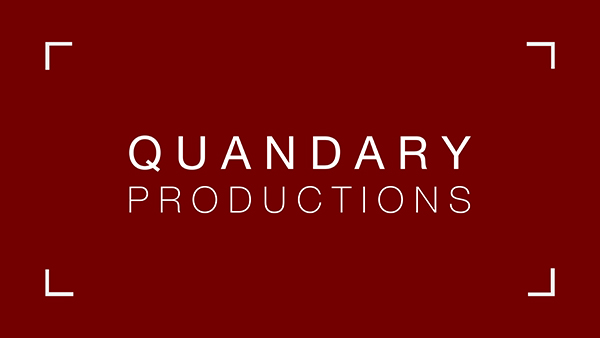Writing scripts means learning a lot of different jargon. You have to be able to communicate to the readers, directors, actors, and even give ideas to the set designers, cinematographers, and all the other pertinent crew. To learn all this you can either do it in real-time as issues come up, or you can turn to this little glossary we made. This should be a resource that teaches you a lot of the terms and ideas found within your screenwriting software. You can keep a copy on your desk if you need a cheat sheet as well.
So let’s dive into this glossary of key screenwriting terms:.
ANGLE ON
You use this to draw attention to an object. You want to differentiate that this is its own shot.
BACK TO / BACK TO SCENE
If you are cutting between two different scenes, you use this to indicate you’re going back to the original scene.
BACKGROUND or b.g.
Any action, characters, or settings that are secondary to the main action. Background occurs behind the action.
BEAT
This is a pause in the script. It can be in dialogue or in the action of a scene. It can also be a story moment.
CLOSE ON:
This is always typed in capital letters and it adds special emphasis on something you want the audience to see.
CLOSE UP (C.U.)
This shot fills the screen with the subject at hand. It frames emotions or a reaction to the action.
CUT TO
This is a transition. You type this after a scene if you want an instant transition from one shot to another.
DOLLY IN / DOLLY OUT
This is when you want the camera to move toward or away from a character or a scene.
EXT.
This means the scene takes place in an exterior location.
FADE IN / FADE OUT
This is a smooth transition in or out from blackness. There’s nothing, then you go into the story. The story ends, and you transition out of it.
FOREGROUND or f.g.
This is the main action of the story. It is closest to the camera.
FREEZE FRAME
This is when there is a still image on the screen, take from the action of the story. It gives the illusion that all action has stopped.
I/E (INT./EXT.)
this refers to action that takes place both on the interior and exterior of a place. So maybe both inside and outside a car as it moves.
INSERT
A quick shot that calls attention to a specific piece of info like a phone number or tattoo pertinent to the story.
INT.
Short for interior, and says when a scene is indoors.
JUMP CUT
When you move between action and then ahead in time in the same action, where you’ve left certain moments behind. Used to show the passage of time like when a character packs a suitcase and you jump cut to them zipping it up and walking out with it.
MATCH CUT
This is an edit between scenes where you try to relate two different images or the same image to one another.
This is like when we go from the falling bone to the spaceship in 2001: A Space Odyssey, or when the shot of Cary Grant pulling Eva Marie Saint up off Mount Rushmore turns into a matching shot in which he pulls her up into a bunk bed in North by Northwest.
MONTAGE
A rapid succession of shots that show the passage of time or an assortment of different things happening all over.
NARRATION
This is off-screen dialogue and usually is formatted as a voiceover.
OFFSCREEN or O.S.
This is on the same line after a character’s name when they speak. It means they are not on screen art the moment the words are heard.
PAN
This is when you turn the camera in a scene to transition the focus from one object or event to another. Usually, this shows these two things are related.
POINT OF VIEW or P.O.V.
This gives us how we see the scene. It might be directly through a character’s eyes, or might describe how one persona sees a scene different from another.
SUPER (SUPERIMPOSE)
The effect of showing one image or words over another. Always typed in capital letters.
You would use this to denote the location if it pops up on the screen, or even to give a character’s name if you want it written on the screen under their face.
VOICE OVER or V.O.
A character extension (after their name in dialogue) that indicates that the dialogue heard will be non-diegetic, or not heard within the scene. It is only heard by the audience reading or watching.
WIPE
A transition where images seem to push other images off the screen. Star Wars is famous for these.
ZOOM IN / ZOOM OUT
This is the rapid transition from a wide shot to a close shot. It can mean the character is focusing on something, or just suggest to the cinematographer how the scene should be viewed.
